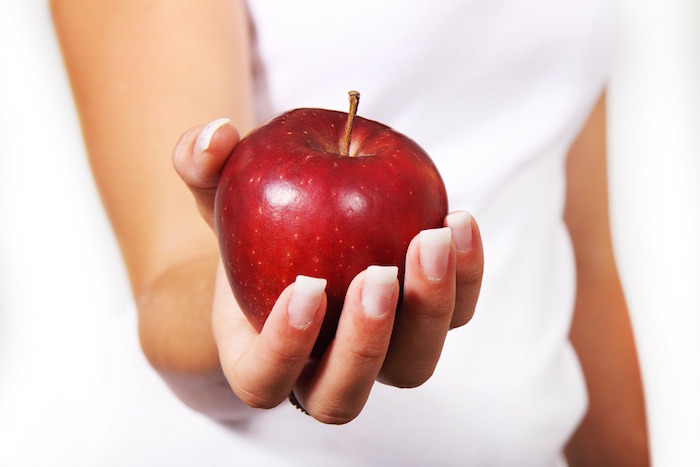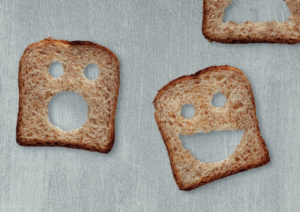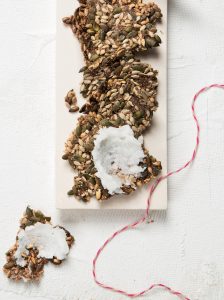Don’t tell me you haven’t seen yet… Those beautifully styled, vibrant salads and perfectly placed smoothie-bowl toppings. Whether it’s #plantbased ingredients, meals in liquid form, or a nutrient boost from protein powders and superfoods, the trend of people documenting their healthy, balanced diets has taken over social media.
By Jana du Plessis
Obsessing over these examples of #dietgoals can sometimes make us feel inadequate when we throw together a simple lunch, or (gasp!) not style our food appropriately. But finding balance in your healthy eating plan is much less about the details of how to cut a kiwi than it is about the food you’re putting in your mouth.
This or that?
For years, we were told that too much fat is the reason for our expanding waistlines, and more recently, we’ve been advised to put down the sugar. So what happens when your much-deserved weekly cheat meal consists of both too much fat AND sugar? Enter balance. Look at nature, for example: from the moving trees to the changing of the seasons, everything is constantly see-sawing between a little too much and a little bit less in the hope of finding that sweet spot, where all needs are satisfied simultaneously. But even wonderful nature can find that a struggle at times. So gaining a kilo here or losing some grams there doesn’t mean you’re struggling to achieve a balanced diet, it merely means you’re a normal human being.
Balancing the see-saw
Of course there will be times when you may tip the scales too much to the one side and are in need of slightly more drastic changes, but that still doesn’t mean you have to be overly strict. Up your fruit and veggie intake and reduce some of the fat and sugar you are consuming; choose leaner meats and wholegrains and drink plenty of water. Be sure to take note of your portions and stop eating when you feel about 80% full. That way, you won’t be too stuffed and feel lethargic, and you won’t be counting the seconds until your next meal either.
It’s all about being mindful: when you eat, how much you eat, and how it makes you feel. Listen to your body and you’ll soon learn when it’s in need of food and when it has had enough, to keep you energised and give your system the nutritious fuel it requires.
Yes or no?
Just as eating well is good for your body and mental well-being, both can also benefit from having something a little more pleasure-filled. That cheesy pizza or destressing bite of chocolate nourish your soul in a way that a banana or cup of quinoa just won’t cut it. The trick to keeping from over-indulging and letting that see-saw come crashing to the ground is to let moderation lead the way. Eat slowly and mindfully so your stomach can register when it’s had enough, then stop and put it away for later when you’re hungry or craving something sweet. If you can’t bear the thought of cheating on your diet, indulge in a roast-veg pizza or some dark chocolate with less sugar, so you can treat yourself, knowing that all nutrition is not lost.
The take-away
Even healthy foods such as fruit, veg and nuts can be high in calories, but their nutritional value will be much higher than that piece of cake you eyed on your coffee run this morning. So take into account the foods that will up your total amount of calories for the day and balance it out with some less calorific foods at your next meal.
The bottom line? Keep eating what you enjoy and what nourishes your body, and balance will inevitably follow.




